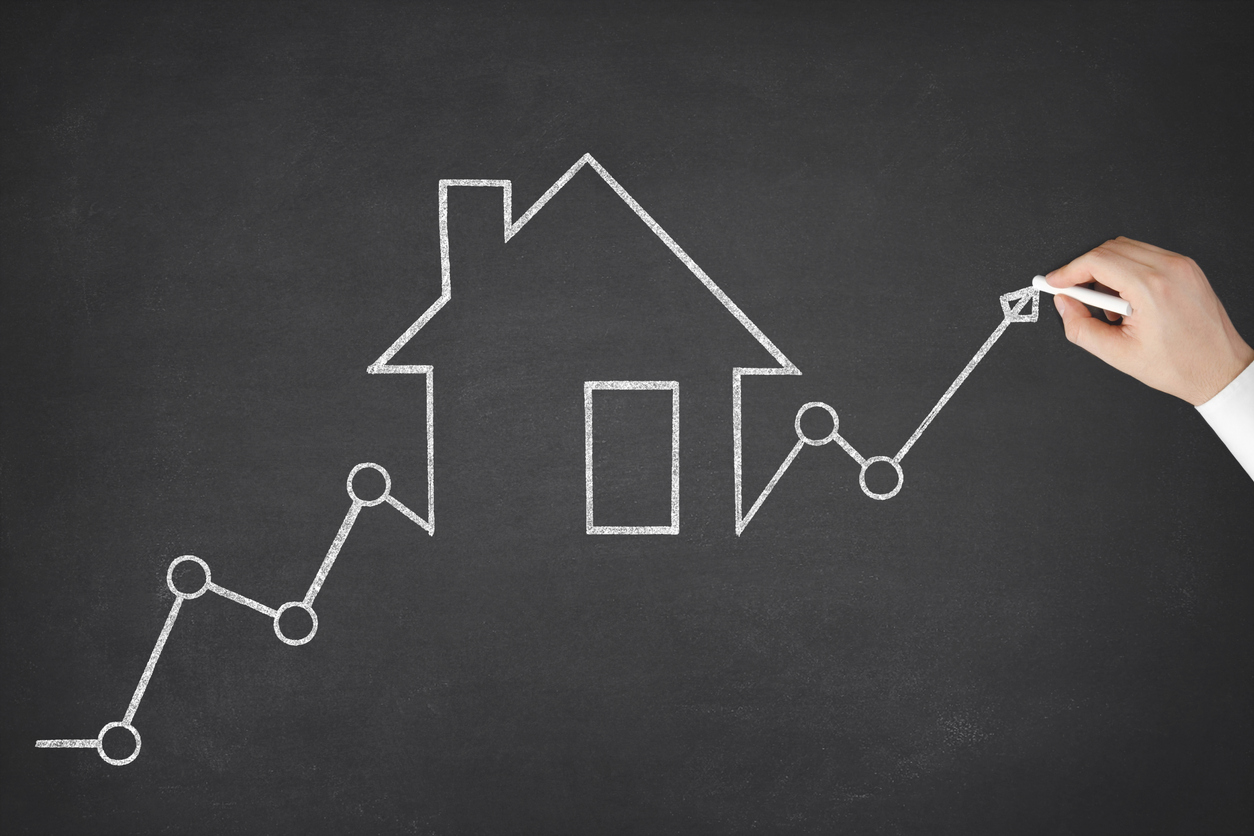Real estate development is how we grow our towns and cities; by building and improving spaces to breathe new purpose into them. With some planning and foresight, a large home can be subdivided, an open piece of land can be turned into a school, or a clinic upgraded to become a hospital. Real estate development is what supports growing communities by protecting their livelihoods and meeting their needs. Of course, real estate development and investment go hand in hand. There’s no money for land, architects, builders, project managers, and more without finance. The trick is turning investment into profit; that’s how you make money.
Why Money Is Important
Along with watching your vision grow into a physical and immovable object, which can serve communities, people develop property to make money. But, as the old saying goes, ’it takes money to make money’. Money is why we build, and money is also what we use to build. With enough capital, you can realise your goal, and with too little, you will not. While there are many ways to address finance, there’s no getting around the fact that your contractors will not work for exposure. And bricks cost money, too.
Some of the things you will need to pay for:
- The services of your team – accountants, architects, lawyers, project managers, and more.
- The land or property itself.
- Construction costs.
- Marketing and related activities.
- Real estate agents.
Whose Money Are You Using?
If you’ve been building up a nest egg that is really to be put to work, you can save money on the interest of a loan. But remember that it’s you who is taking on 100% of the risk. Those who choose to invest their own money into their projects are usually seasoned professionals who are aware of the risks but ready to make a more significant profit. If you have an independent investor or partner, they will have conditions to the loan, and you may have to compromise on certain details and share the responsibilities with them.
If you borrow money from a financial institution, you will still need some money upfront to secure the loan. Typically, the loan itself will cover between 70% and 80% of the project’s cost; the rest will have to be covered by you. The financial institution may also require you to have a contingency fund of between 10% and 20% of the loan amount for emergencies. It’s also important to note which costs your loan covers, is it just the hard costs such as materials and labour, or does it also cover soft costs such as project managers, marketing, and architects? In the end, even if you are borrowing money from a bank, you’re still using a lot of your own money and taking on risk.
So, the truth about real estate development and investment is that the two go hand in hand. You will need to meter out those dollars and cents at every turn to maximise your return on investment. One of the best ways to do that is with comprehensive property development platform, such as Archistar. Archistar will help you find the right piece of land, draw up feasibility studies, and design the real estate. For more information, get in touch with us today.


